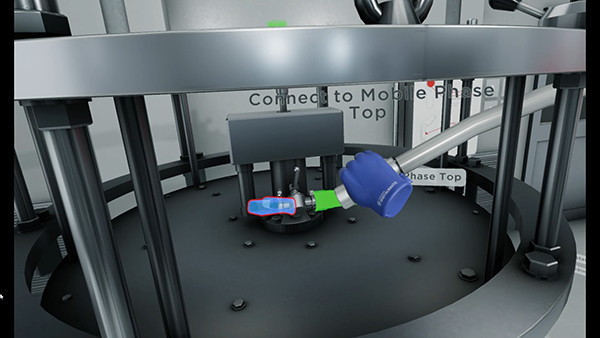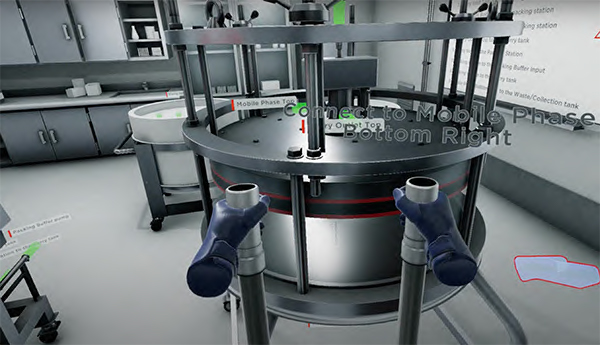A Conversation with DJ Smith, VR Expert
VR Industry Veteran discusses enterprise use cases, the consumer-grade hardware's advantage, visual fidelity required for design review, and more
View or stream online

A Conversation with DJ Smith, VR Expert Duration
9:22 hrs/min/sec
Subscribe today

Latest podcast episodes
- Jon Peddie on Milestone Moments in the History of CAD
- Leadership Profile: Marco Turchetto of ESTECO on How Automation can Improve Simulation Workflows
- Podcast Series: Engineer Innovation
- 2023 State of Design & Make Report Reveals Skilled Labor Shortage and Sustainability Concerns
- More podcast episodes
Latest News
September 16, 2021

DJ Smith, Cofounder and Chief Creative Officer of The Glimpse Group, thinks the key to VR deployment is actually not professional-grade hardware but consumer-grade devices. This strategy mirrors some vendors' approach to Additive Manufacturing (AM), or 3D printing. The logic is, mass adoption of the technology—even for professional use—will probably start with the more affordable consumer devices rather than the professional hardware with a much higher price tag.
The Glimpse Group owns and operates 10 VR/AR subsidiary companies. It aspires to become the premiere VR/AR Software and Services company with a global footprint, the company states in its home page.
“We do partner with some higher-end headsets, costing thousands of dollars—$6,000 or $7,000 is commonly the case. The super-high-def visuals they provide are necessary for some specific applications. On the lower end, we use devices like Facebook's Oculus Quest, HTC Focus, and Pico's Neo, costing just a few hundreds. This allows our clients to deploy many units across the organization. One key enabler for scale is ease of setup and usability. The current consumer headsets have streamlined those processes,” he noted.
On the other hand, for use of VR in automotive design review, where visual fidelity is of crucial, he believes higher-end devices such as Varjo is more appropriate. “The convenience is that, you can have design teams all over the world work together in VR around a model car, and they can understand everything about that car, including its size and scale,” said Smith.
Smith also believes emerging standards will result in a greater variety of VR content. “The new standard called OpenXR [developed by the Khronos Group] allows developers to deploy their content to any VR device. That will definitely simplify the development process,” he predicted.
For more, listen to the full recorded interview above.


Subscribe to our FREE magazine, FREE email newsletters or both!
Latest News
About the Author
Kenneth Wong is Digital Engineering’s resident blogger and senior editor. Email him at [email protected] or share your thoughts on this article at digitaleng.news/facebook.
Follow DE



